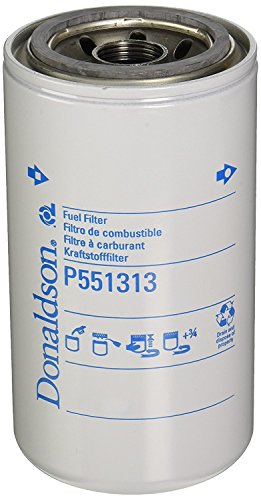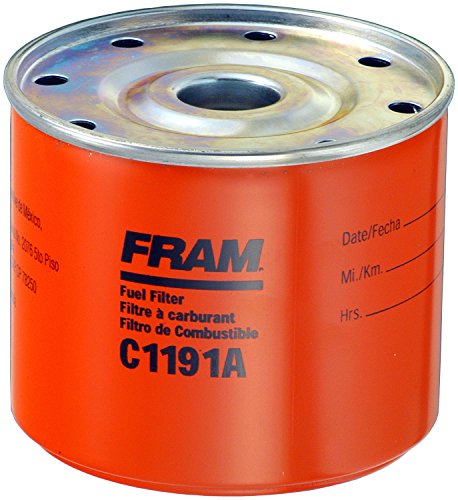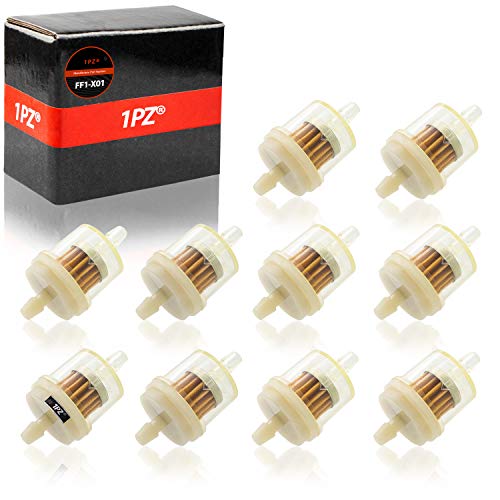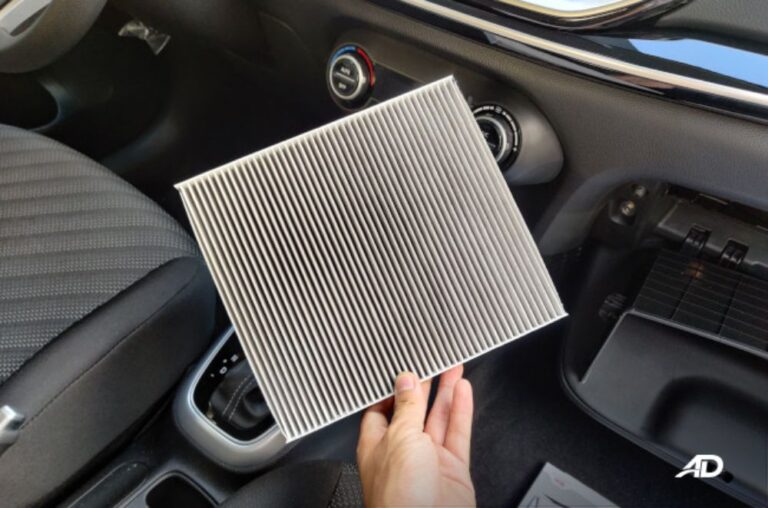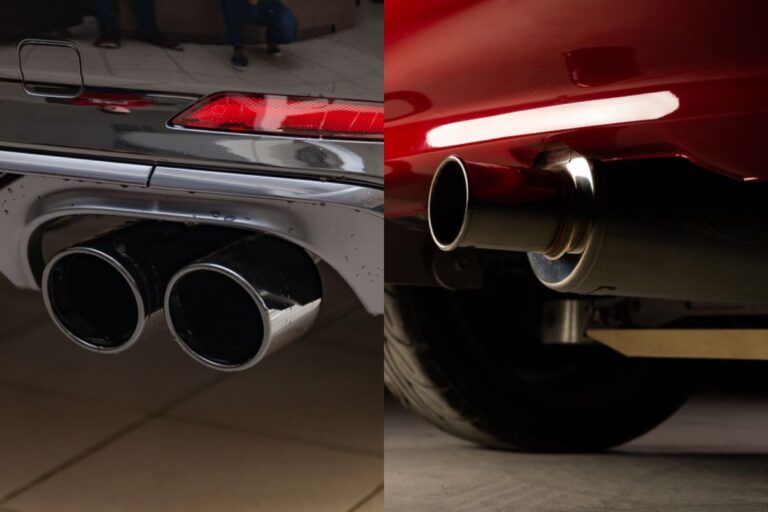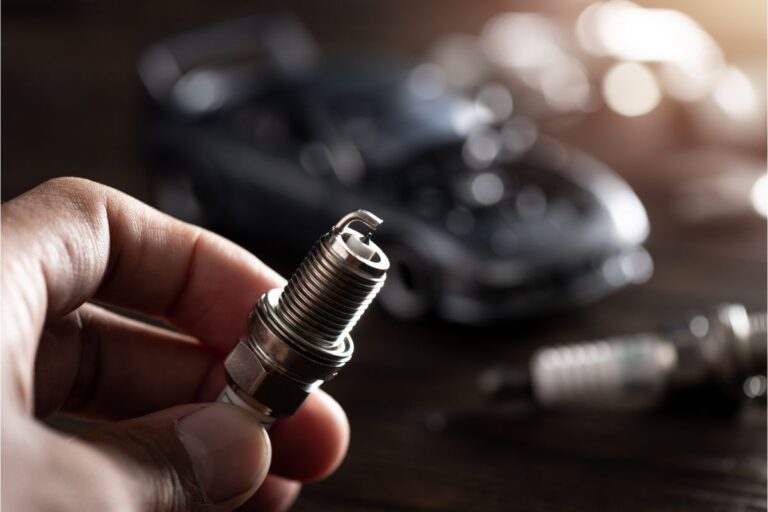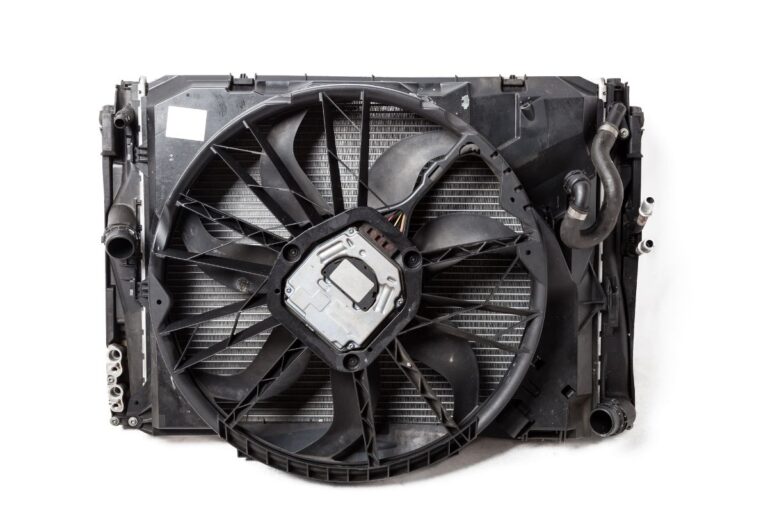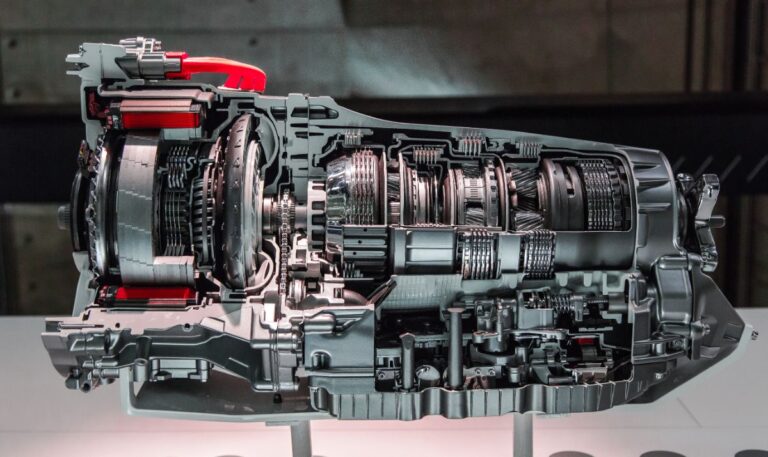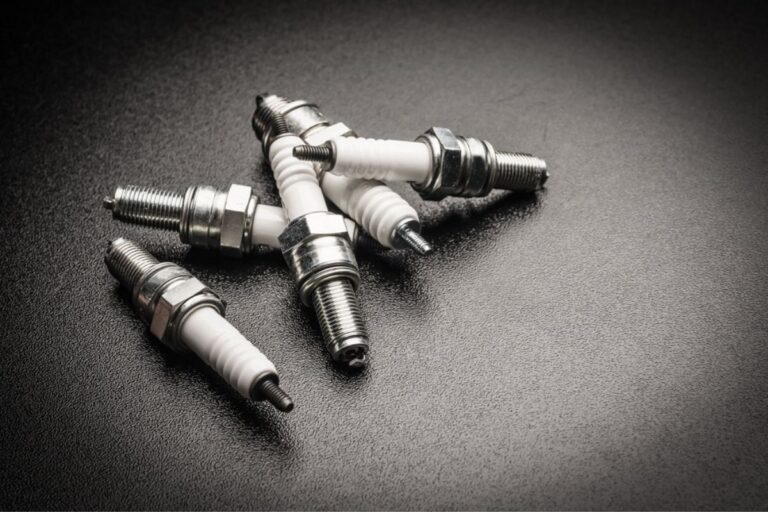
Although there are many brands and types of oil filters available in the marketplace, they all share one similarity: they place a critical role in protecting engine health.
Motor oil absorbs contaminants that can damage the engine, and this is where oil filters work their magic. An oil filter purifies oil by collecting those contaminants to ensure your engine operates efficiently with clean oil.
Given that there are many oil filter types on the market, it can be confusing to determine which is the best for your vehicle.
To learn more about the various oil filter types so you can make an informed decision, keep reading!
1. Full Flow Oil Filter
Also called a primary oil filter, the full-flow oil filter is the most used type by carmakers. Specific filters clean only a portion of the car’s motor oil, but a full-flow filter was engineered to remove impurities from all oil used by the engine.
A full-flow filter is an ideal choice for colder temperatures since frigid weather causes oil to thicken. Therefore, if a filter is too restrictive, the engine may not receive the oil necessary to function without damage.
A full-flow filter allows oil to move throughout the engine freely more than other filter types, so it delivers the oil necessary for efficient performance.
Pros
Full flow oil filters deliver maximum protection against oil contaminants of any filter type. The result of using this filter is a reduction in wear on the engine due to contaminant buildup, guarding against engine failure, and increasing uptime.
These filters also help ensure your engine is running as efficiently as possible, which impacts wear on the rest of the car, including gas usage.
Cons
Although this is the gold standard of oil filters, it doesn’t catch every contaminant. For this reason, it is always advisable to have some type of secondary oil filter that can capture the remaining percentage of contaminants to provide your engine with the ultimate level of protection.
2. Secondary Oil Filter
Many carmakers install the secondary oil filter, which supports the full-flow filter. The primary goal of the secondary filter is to clean under 10% of the motor oil utilized by the engine.
Secondary filters remove contaminants not picked up by the primary filter. By simply having a secondary filter, you can extend the life of your oil and offer an excellent level of protection for your engine.
Pros
The greatest advantage of using a secondary oil filter is that it captures an additional 10% or more of oil contaminants, which extends the life of your engine. This equates to lower wear on the engine components, lower oil consumption, longer oil life, and higher combustion efficiency.
Cons
One major disadvantage is that you must get the secondary filter changed with the primary filter, which costs money. While changing secondary filters for the entire life of your automobile is less costly than rebuilding an engine, it still adds to your immediate bill.
3. Cartridge Oil Filter
A cartridge oil filter is a type of full flow that’s easy to use and can be mounted upright to inspect without requiring oil removal. In most instances, this oil filter type doesn’t contain any metal parts, which allows the filters to be more easily recycled than other types on the market.
Pros
The two greatest benefits of a cartridge oil filter are that they can easily be mounted for upright inspection and are easy to use.
Another excellent advantage as products move toward more environmentally-friendly materials is a cartridge oil filter doesn’t contain metal parts, allowing them to be fully recyclable. Other pros include the removal of tiny particles, and it uses lower pressure.
Cons
One impactful disadvantage is that cartridge oil filters have higher maintenance costs and are more expensive. Also, cartridge filter caps typically require specialized tools for removal, which is why many manufacturers mount this type vertically.
Furthermore, cartridge oil filter caps are sensitive to over-torquing, which can cause cracking or other failures.
4. Spin-On Oil Filter
Like a cartridge filter, a spin-on oil filter is another type of full-flow unit. This option features a steel canister married to a paper element. This oil filter type is tailor-made for do-it-yourselfers since installation requires minimal tools and is fairly easy.
Pros
Compared to cartridge filters, spin-on filters are much easier to replace. During removal, the filter can easily be unscrewed and removed for replacement without the need for special tools.
Cons
Spin-on oil filters are significantly more expensive to manufacture than the previous filters because they are not as widely used and contain many parts.
The spin-on filter is comprised of an O-ring seal, steel mounting plate, silicone anti-drain back seal, steel anti-drain back valve, steel core tube, steel and plastic bypass valve, steel spring, and steel housing.
Another disadvantage is during removal, the unscrewing of the spin-on filter releases dirty oil since there’s no way to drain this filter before replacement.
5. Spinner Oil Filter
Spinner oil filters are another type of secondary filtration system that utilizes centrifugal force to trap contaminants within the oil.
Some of the most advanced versions of this filter can generate a force over 2,000 times greater than gravity, right in your engine! With this type of rotational filtration power, spinner oil filters can efficiently remove even the smallest contaminants from the oil, leaving your car protected.
Pros
The spinner oil system allows for more pure and efficient oil usage by stopping soot buildup. This all cuts oil-related maintenance costs, which extends the life of engines.
Removing these contaminants using a spinner oil filtration system also allows for higher productivity, which decreases the need for more frequent servicing.
Cons
The main challenge of using a spinner system is the high purchasing cost and high maintenance cost because it’s longer intervals between servicing. Also, while the spinner system allows for purer oil to enter the system for a more efficient engine, the amount of oil to drive the spinner is increased.
6. Magnetic Oil Filter
The final oil filter type is the magnetic filter, which is another secondary support to the primary filter. While this option successfully removes metallic contaminants from your oil, it does little to remove grime and dust.
Unlike other oil filter types, the magnetic filter never needs to be replaced since it’s using permanent magnets to clean the oil. However, this unit requires regular cleaning of dirt and grime to ensure it maintains its magnetic pull.
Pros
Magnetic filtration is an environmentally-friendly secondary support option because it gathers all metal contaminants that can be recycled as a single unit. Also, it’s a reusable permanent filter, so there is no part waste.
Additionally, magnetic filters have minimal maintenance cost, especially if you choose to manually clean the part. Finally, magnetic filters don’t hinder the productivity of the engine because the flow is never interrupted.
Cons
One of the greatest risks of using a magnetic filtration system is the possibility of gathered contaminants detaching from the magnet and being washed back into the oil.
These same particles can then become magnetized while attached to the magnet, which could adhere to frictional surfaces during the oil flow, thus causing wear on other components. They could also cause blockages in narrow passages, thus restricting flow.
How do Oil Filters Work?
The earliest combustion engines required frequent oil changes because they didn’t use filters and the oil quality was poor.
However, once the first full-flow oil filtration system was launched, automobiles were redesigned to allow oil to flow through the filter before reaching critical engine components.
However, most pressurized lubrication systems within engines have a filter by-pass system to protect the engine from being starved of the liquid under specific conditions. For instance, when cold weather hits, if the oil is too thick, it can move around the filter.
Another example is when the filter is plugged in, the oil bypasses the system, which means oil is sometimes not filtered, even in modern engines.
Operationally, oil enters the filter via a series of tiny holes on the outside of the unit. The oil then flows through the filter exiting into the engine through the center hole.
Most filters have an anti-drain back valve, which is a rubber membrane that covers all perimeter holes within the base. The membrane is pushed aside as oil enters the filter chamber. Once the engine is turned off, the rubber membrane covers the holes again.
Therefore, the purpose of the anti-drain back valve is to maintain the oil while in the filter, so it doesn’t leak out of the holes while preventing engine dry starts.
Sources:
- Hsmagnets.com
- Commercialfiltrationsupply.com
- Bobistheoilguy.com
- Spinnerii.com
- Machinerylubrication.com
- Xxhuahangfilter.com
- Quora.com/What-are-the-advantages-and-disadvantages-of-using-an-extended-life-oil-filter
- Quora.com/What-are-the-advantages-of-a-full-flow-oil-filter
- Mobil.com
- Knowhow.napaonline.com


